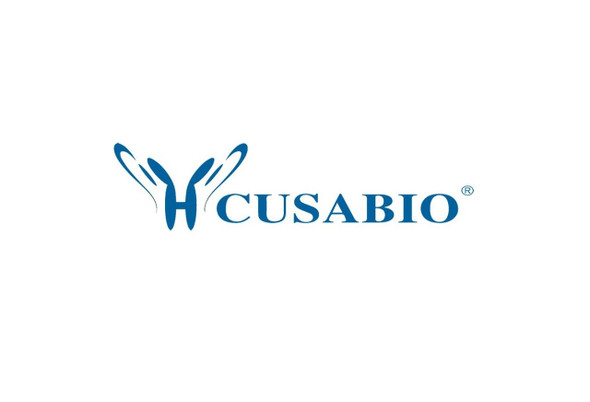Cusabio Polyclonal Antibodies
CYR61 Antibody | CSB-PA006463KA01HU
- SKU:
- CSB-PA006463KA01HU
- Availability:
- 3 to 7 Working Days
- Size:
- 100ul (100ug)
Description
CYR61 Antibody | CSB-PA006463KA01HU | Cusabio
CYR61 Antibody is Available at Gentaur Genprice with the fastest delivery.
Online Order Payment is possible or send quotation to info@gentaur.com.
Product Type: Polyclonal Antibody
Target Names: CYR61
Aliases: CYR61;IGFBP10;IGF binding protein 10; IBP 10; CCN family member 1; CCN1
Background: Cyr61 is a secreted heparin binding protein, encoded by a growth factor-inducible immediate-early gene, that associates with the extracellular matrix and connective tissue. Cyr61 is a member of a distinct family of angiogenic and vasculogenic regulators designated CCN proteins, which includes connective tissue growth factor (CTGF) and the mouse Cyr61 homolog, Fisp12. As an angiogenic inducer, Cyr61 binds to the cell surface receptor Integrin aV/b3, where it then stimulates cell adhesion and migration and promotes DNA synthesis of human vascular endothelial cells. Expression of Cyr61 is elevated during vessel growth, wound healing and chondrocyte differentiation. Cyr61 is also detected in a wide variety of tumors as it induces tumor growth and functions as a marker of tumor progression.
Isotype: IgG
Conjugate: Non-conjugated
Clonality: Polyclonal
Uniport ID: O00622
Host Species: Rabbit
Species Reactivity: Human
Immunogen: Recombinant protein of human CYR61
Immunogen Species: Human
Applications: ELISA, WB, IHC
Tested Applications: ELISA, WB, IHC;WB:1:500-1:2000, IHC:1:50-1:200
Purification Method: Affinity purification
Dilution Ratio1: ELISA:1:2000-1:10000
Dilution Ratio2: WB:1:500-1:2000
Dilution Ratio3: IHC:1:50-1:200
Dilution Ratio4:
Dilution Ratio5:
Dilution Ratio6:
Buffer: Buffer: PBS with 0.02% sodium azide, 50% glycerol, pH7.3.
Form: liquid
Storage: Upon receipt, store at -20°C or -80°C. Avoid repeated freeze.
Initial Research Areas: Cardiovascular
Research Areas: Cancer;Cardiovascular;Immunology;Signal transduction;Stem cells







